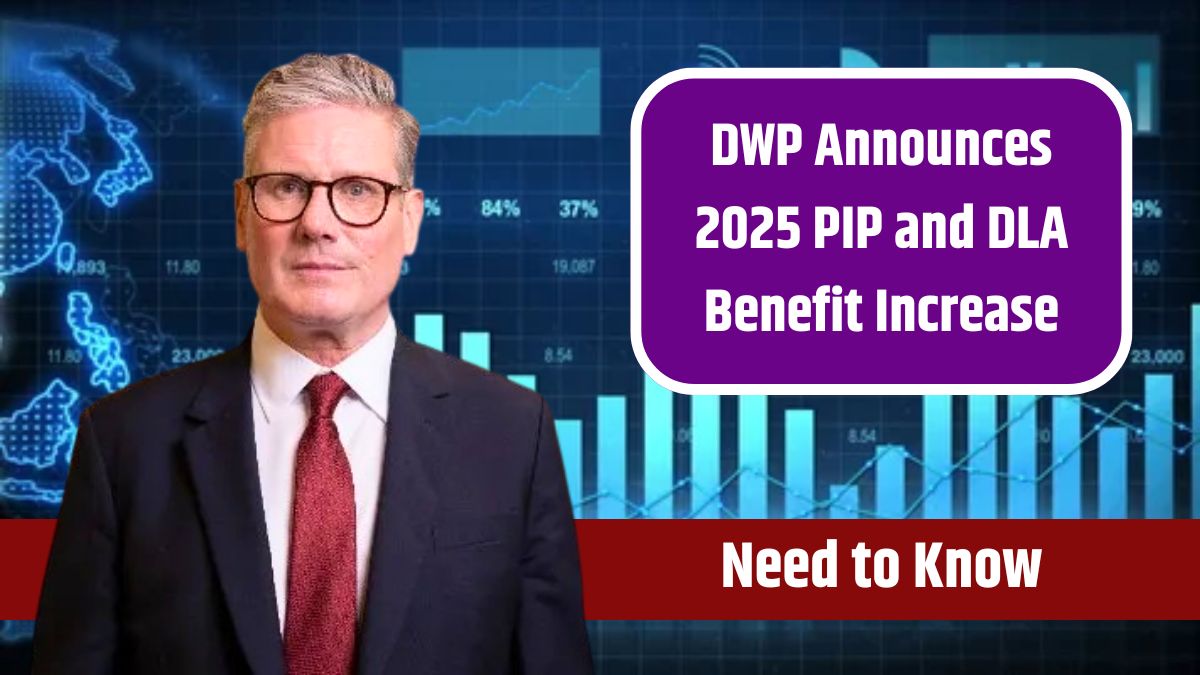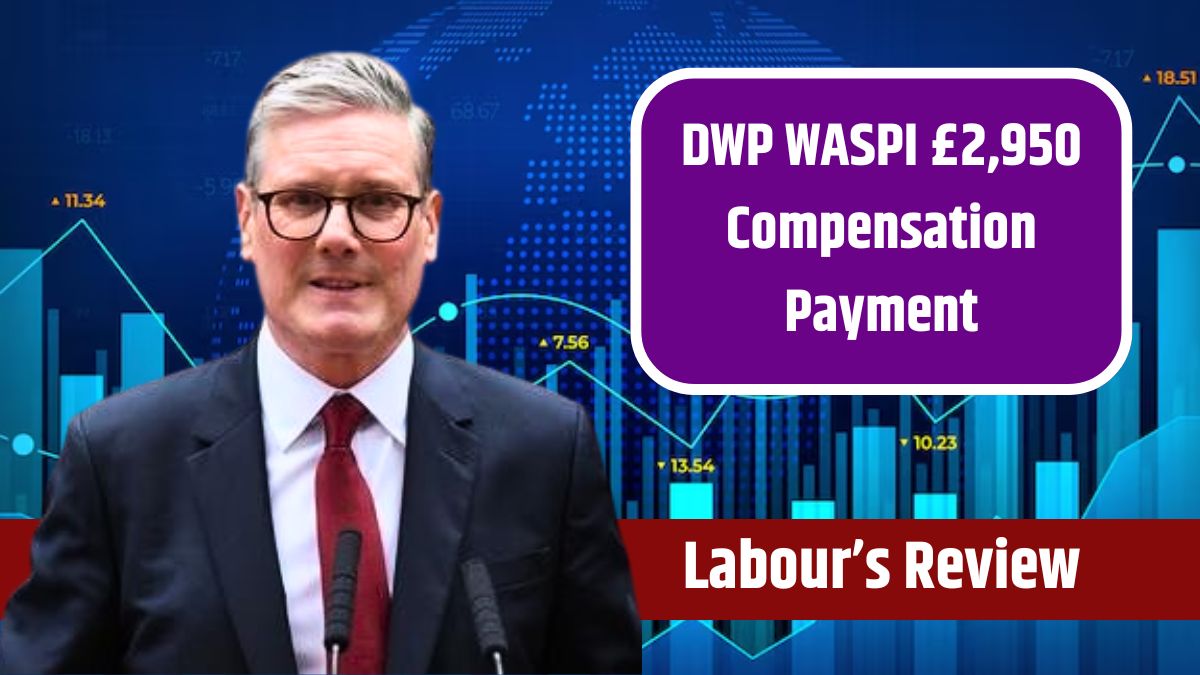Social Security, often seen as a steadfast pillar of retirement, is constantly adapting to changing economic landscapes. While its core mission remains the same—providing financial security for retirees—specific details of the program evolve. Let’s look into the key updates for 2025 and what they mean for beneficiaries.
Benefit Increase
In 2025, Social Security benefits will increase by 2.5% due to the automatic cost-of-living adjustment (COLA). This adjustment is designed to help beneficiaries maintain purchasing power amidst inflation. While a 2.5% bump may seem modest, it reflects lower inflation levels, which is a positive sign for the overall economy.
For retirees, this means slightly higher monthly checks, but the real win lies in stable prices that reduce financial stress in everyday living.
Earnings-Test Limit
Working while collecting Social Security benefits is entirely possible, but it comes with certain limitations, especially for those under full retirement age (FRA). In 2025, the earnings-test limit increases to $23,400. If you earn more than this threshold, $1 is withheld for every $2 earned above the limit.
For those reaching FRA in 2025, the limit rises significantly to $62,160, with a reduced penalty of $1 withheld for every $3 earned above the cap. After hitting FRA, there are no earning limits, and withheld benefits are recalculated into future payments.
This change is especially beneficial for those juggling work and early retirement, as it provides a higher earning threshold before penalties kick in.
Wage Cap Adjustment
Social Security contributions have a wage cap, meaning only income up to a certain level is subject to the program’s taxes. In 2025, this cap will rise to $176,100, up from $168,600 in 2024.
For high-income earners, this means paying Social Security taxes on an additional $7,500 of income. However, the cap sparks ongoing debate about fairness, as individuals with much higher incomes contribute the same amount as someone earning $176,100. Proposals to tax all income remain on the table but haven’t been approved yet.
Work Credit Threshold
Eligibility for Social Security benefits isn’t automatic; it requires earning 40 work credits, with a maximum of four credits attainable per year. In 2025, the earnings threshold for a single credit rises to $1,810, meaning a worker must earn at least $7,240 annually to secure four credits.
This adjustment is significant for part-time workers and freelancers who may find it harder to meet these thresholds. While hitting the minimum credits ensures eligibility, working for at least 35 years can maximize benefits. Gaps in work history count as zeros in calculations, lowering the average income used to determine payments.
What It All Means
These changes aim to keep Social Security aligned with economic trends, ensuring its sustainability and fairness. From benefit increases to higher earning thresholds, 2025’s updates are a mix of incremental adjustments that maintain the program’s relevance while addressing inflation and income shifts.
Retirees and workers alike should stay informed to make the most of these updates and plan their finances effectively.
FAQs
What is the Social Security COLA for 2025?
It is a 2.5% increase in benefits.
What is the earnings-test limit in 2025?
$23,400 for those under full retirement age.
What is the wage cap for Social Security taxes in 2025?
The cap is $176,100.
How many work credits are needed for eligibility?
A minimum of 40 credits is required.
How much must I earn for a work credit in 2025?
$1,810 is needed for one credit.
















